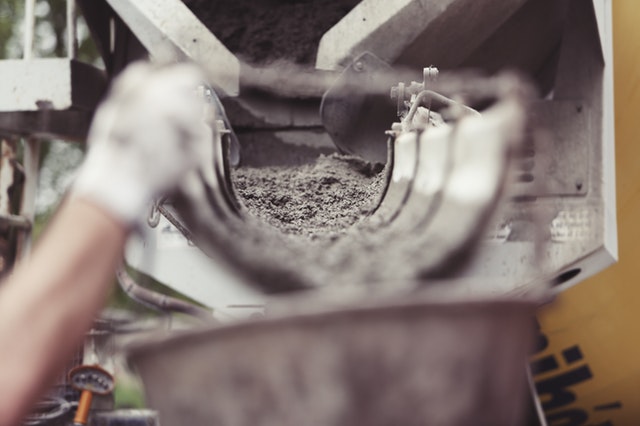DR CHAMILA GUNASEKARA
Environmental sustainability is one of the most discussed topics nowadays. Taking a carbon free approach through adapting to renewable resources is in the best interest of the construction industry. Since the currently used Portland Cement is known for contributing to a high amount of CO2 emission, switching to sustainable alternatives such as alkali-activated materials, has been brought to attention. RMIT University is in the process of investigating techniques to increase the mechanical and durability properties of such environment-friendly substitutes.
In recent years as society has embraced environmental sustainability and moved towards a carbon neutral footprint, there has been increased attention on the adaption of renewable resources within the construction industry. The production of Portland Cement has a significant impact on the CO2 emissions as it has been reported that for every 1 tonne of cement produced, approx. 0.7 tonnes of CO2 is released into the atmosphere. The emissions contribute to the total from the construction industry and are estimated to represent between 5-7% of CO2 emission worldwide. The emphasis on decreasing environmental pollution associated with cement production has brought attention to alkali-activated materials as a sustainable alternative material, which can reduce CO2 emissions.
High volume fly ash (HVFA) concrete is a potentially sustainable alternative. HVFA is defined as having at least 50% of the cement replaced with fly ash. However, due to a slower pozzolanic reaction rate in fly ash, HVFA concrete generally has a low compressive strength at an early age. In order to address this issue, RMIT University and University of Melbourne have been undertaking a research program investigating how to increase the quantity of Fly Ash that can be used to replace the Portland Cement. This has resulted in the successful development of concrete with both a 65% and 80% replacement of Portland Cement with Fly Ash.
Further research is currently being undertaken on incorporating nano-materials such as nano-silica, nano-alumina and nano-calcium carbonate to enhance the properties of the concrete, in particular, the early age strength development, as well as the mechanical and durability properties, including large scale structural testing. The research is employing advanced analytical techniques including isothermal calorimetry, thermogravimetric analysis, X-ray diffraction, Fourier transform infrared spectroscopy, Nuclear magnetic resonance and Scanning electron microscopy techniques.

